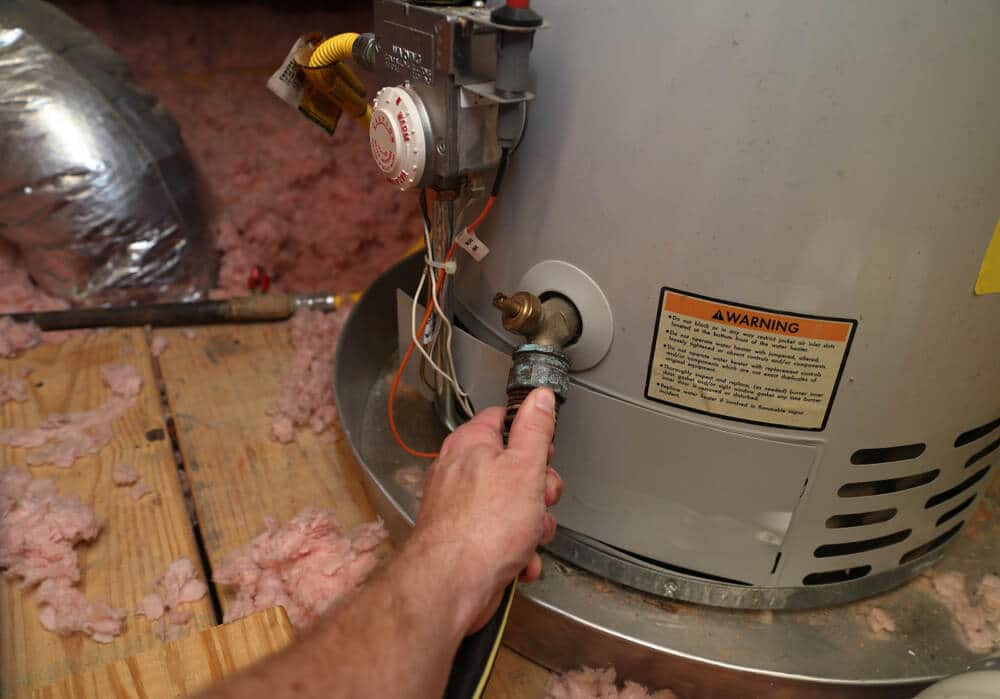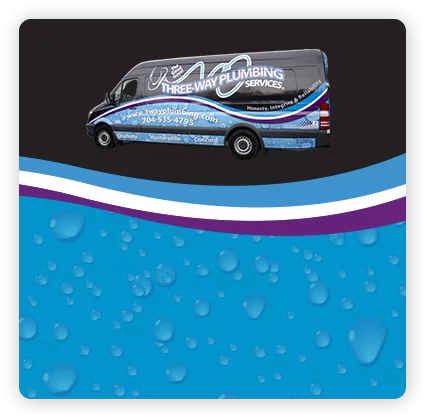

The Ultimate Water Heater Maintenance Checklist

Proper maintenance is crucial to ensuring your water heater operates safely and efficiently. Neglecting routine care can lead to several problems like corrosion, sediment buildup, and leaks – costing you more in energy bills and reducing the lifespan of your unit.
Following this water heater maintenance checklist helps avoid these issues so you can enjoy endless hot water.
Visual Inspection
The first step in identifying problems with your water heater is conducting a visual inspection.
- Check for leaks around the tank, valves, and connections. Catching a leak now prevents major damage down the road.
- Examine the pressure relief valve and make sure the discharge pipe is directed downwards to prevent injury in case the valve opens.
- Inspect the thermostat, heating elements (for electric heaters), and pilot light (for gas heaters) to ensure proper operation.
- Verify that gas and electric connections are still tight. Loose connections can impact heating performance.
Flushing the Tank
It’s recommended that you flush your hot water heater once per year to remove excess sediment and mineral buildup. Neglecting this issue can cause corrosion and leaks inside the tank due to the sediment. Contrary to popular belief, the metal on the sides of your water tank is just as susceptible to corrosion as the bottom.
- Turn off the power or gas supply to the water heater. This prevents the unit from turning on during the process.
- Turn off the water supply to the heater.
- Connect a hose to the drain valve located at the bottom of the tank. Extend the hose to a drainage area.
- Open the drain valve and allow the tank to completely drain. Let it run for 3-5 minutes to flush out sediment.
- Close the valve, disconnect the hose, and refill the tank by turning on the water supply. Restart the power or gas to the heater.
Keep in mind there are alternative methods where you can leave your power supply on. The key is to keep the water valve open if you plan to leave the gas on because heating an empty tank can cause it to warp, crack or burn out the elements on electric water heaters.
Test Temperature and Pressure
If you’re dealing with issues managing the hot water temperature or water pressure, this could be due to lack of preventative maintenance on a hot water heater as well.
- Check the thermostat and ensure your water heater is heating water to 120°F. This prevents scalding and reduces energy consumption.
- Test the water pressure in your home to verify it’s rated at 80 PSI or less. High pressure puts unnecessary strain on everything it touches, including your water heater tank.
- Adjust your water heater temperature and inspect your pressure relief valve to confirm it’s still functioning.
If you’re dealing with tankless water heater maintenance, although you don’t have a holding tank where sediment and minerals build up on the inside corroding a tank, they can still build up over time on the burner and other components the water touches on the inside of the tankless unit.
This is why the manufacturers recommend flushing your tankless water heaters as well. All you need is a 5-gallon bucket, pump, hose, and special cleaner or white vinegar like you would clean your coffee makers of scale buildup. If you need help performing this task, we have the experience needed to maintain your tankless water heater properly.
Anode Rod and Filter Inspection
The anode rod and inlet filter protect the tank from corrosion.
- Locate the anode rod, typically near the top, and check its condition. Replace it if it’s excessively worn down.
- Inspect the filter, often found where the cold inlet water enters. Remove any debris clogging the filter screen.
FAQs About Water Heater Maintenance
Here are some of the most frequently asked questions about water heater maintenance:
How often should you flush your water heater tank?
Manufacturers unanimously recommend flushing your hot water heater annually. This is why we include complimentary water heater flushing in our MAPP (Maintenance Agreement Partner Plan) as well as:
- free tune-ups
- sewer line camera inspections
- 10% discounted rates on plumbing, drain cleaning and water filtration services
How often should you change the anode rod in a water heater?
Inspecting and replacing your anode rod every three years can help extend the lifespan of your water heater. The anode rod is a sacrificial rod that attracts all the impurities in the water in the tank and begins to corrode. Once the anode rod is no longer useful, then the inside of your tank begins to corrode.
Final Thoughts
Following this preventative maintenance checklist for your water heater extends its lifespan so you can enjoy endless hot water for years to come.
If your system needs servicing, request service today from Charlotte’s Good Guys at Three Way Plumbing. Our licensed technicians provide honest, trustworthy, and reliable service.


why choose three way plumbing?
With over 25 years of experience as a trusted plumber in Charlotte, NC and surrounding areas, we have proven our ability to provide fast, high-quality plumbing repair, replacement, and Charlotte water filtration and installation service.
Our friendly team members are dedicated to getting to the root of your problem, not merely a quick fix. Expect upfront, transparent, and respectful services from start to finish.
Contact the Good Guys today at Three Way Plumbing for help regarding water filtration system installation.
- Regular Saturday Appointments
- 100% Guarantee
- 30 Minute Call-Ahead
- WAREHOUSE ON WHEELS
- Honest Pricing

